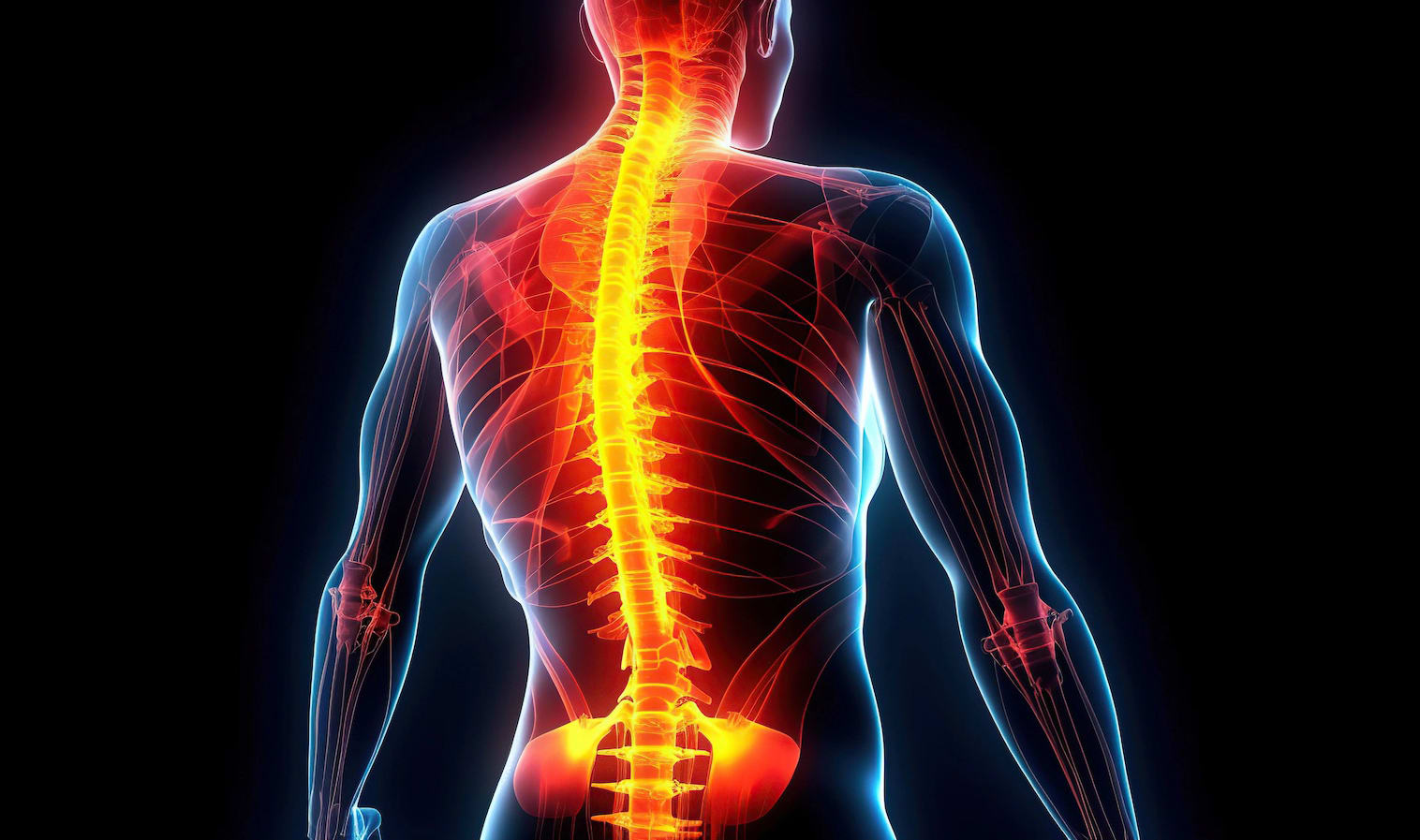The 2025 Contest is Now Open for Entries!
Submit your best new product ideas in any of seven categories for a chance at $25,000 USD and other great prizes. Here’s how to get started.
Help build a better tomorrow
Since Tech Briefs magazine launched the Create the Future Design contest in 2002 to recognize and reward engineering innovation, over 15,000 design ideas have been submitted by engineers, students, and entrepreneurs in more than 100 countries. Join the innovators who dared to dream big by entering your ideas today.
Read About All the 2024 Winning Inventions

Special Report spotlights the eight amazing winners in 2024 as well as honorable mentions in each category, plus the top ten most popular entries as voted by our community.
Click here to read moreA ‘Create the Future’ Winner Featured on ‘Here’s an Idea’
Spinal cord injury affects 17,000 Americans and 700,000 people worldwide each year. A research team at NeuroPair, Inc. won the Grand Prize in the 2023 Create the Future Design Contest for a revolutionary approach to spinal cord repair. In this Here’s an Idea podcast episode, Dr. Johannes Dapprich, NeuroPair’s CEO and founder, discusses their groundbreaking approach that addresses a critical need in the medical field, offering a fast and minimally invasive solution to a long-standing problem.
Listen nowThank you from our Sponsors
“At COMSOL, we are very excited to recognize innovators and their important work this year. We are grateful for the opportunity to support the Create the Future Design Contest, which is an excellent platform for designers to showcase their ideas and products in front of a worldwide audience. Best of luck to all participants!”
— Bernt Nilsson, Senior Vice President of Marketing, COMSOL, Inc.
“From our beginnings, Mouser has supported engineers, innovators and students. We are proud of our longstanding support for the Create the Future Design Contest and the many innovations it has inspired.”
— Kevin Hess, Senior Vice President of Marketing, Mouser Electronics
contest/2012
2012
The 700 cotton ginners currently in operation in the United States struggle with international competition and declining profitability. This is in part due to the 2000 installed gin stands that use an old ginning technology that produces inferior fiber quality, short length and excessive waste.
This invention proposes a conformal flush mount slot antenna, which can be positioned on an arbitrary shaped surface and the “backing cavity” of the antenna can be adapted to a practically any space available.
The Plug Secure family consist of a plate and several parts that snap in.
The main purpose is to keep todlers away from electrical outlets.
Secondary purpose is to hold plugs in the sockets, and or cover the outlets.
A third device has been created to hold small electrical devices such as hair dryers, razors,
The aim was to create an alarm for a mobile phone or a mobile terminal (PDA) using ultrasound waves. This alarm can indicate when the mobile is away from the alarm device at a certain distance.
In testing with Special Operation Forces (SOF)
DAMPS Technology Smart Boots recorded a redution in heel strike of over 68%. That means a soldier, anyone wearing DAMPS can walk 10 miles and save the shock of 7 miles.
Plantar fascitiis is the number one injury seen by podiatrists. Low back problems are the number two cause of employee downtime.
Using robots to reduce injuries and lighten the human work load has always been a noble goal. My proposition would create a robot called Mayde that would remove and replace the sheets on a bed. Currently many workers do this back breaking task in large institutional settings like hospitals, hotels, nursing homes and cruise ships.
The PROBLEM
Penetrating the skull to measure intracranial pressure is an important intervention for diagnosing raised intracranial pressure following head trauma. Studies show that 1.7 million people suffer from head injury annually in the U.S., totaling $60 billion in costs. 275,000 of those injured annually are hospitalized and 52,000 will eventually die as a result of that injury.
This innovation successfully merges two existing technologies (Dry Snorkel and Cold Immersion Suit technologies), to produce a new product that helps prevent hypothermia at sea. During normal breathing or respiration a human inhales fresh air into their lungs and exhales CO2 at an approximate body temperature of 98.60F.
(Study to Improve the Target Rock Relief Valve Using CFD-ANSYS Software Package)
Introduction:
Nuclear power plant emergency cooling systems serve the essential purpose of providing cooling for the reactor core in the event of failure of normal cooling systems.
Page 52 of 74
















